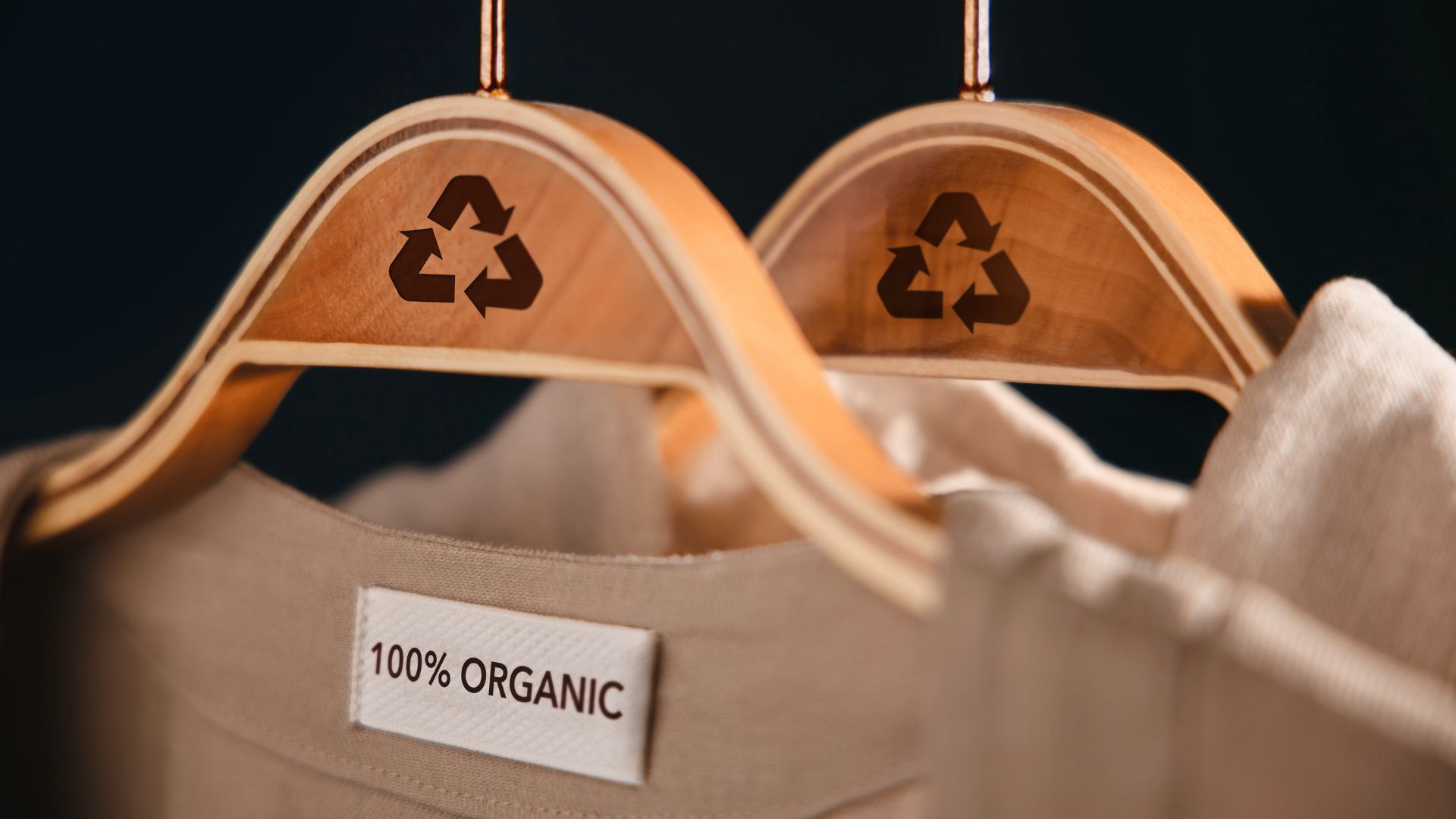As the fashion industry continues to grapple with its environmental impact, the demand for sustainable materials is skyrocketing. One of the most significant players in this movement is organic cotton, a material that not only reduces the industry's reliance on harmful chemicals but also supports healthier farming ecosystems.
The Organic Cotton Market Report, published by Textile Exchange, provides a comprehensive analysis of global organic cotton production, highlighting both the rapid growth of this sector and the challenges it faces.
This report serves as an essential resource for brands, suppliers, and policymakers who are working towards a more sustainable fashion industry. With organic cotton production up by 37%, it's clear that the global appetite for responsibly sourced materials is stronger than ever. However, as more players enter this space, maintaining integrity, traceability, and overcoming challenges like climate volatility will be crucial for ensuring the long-term success of organic cotton.
In this article, we break down the key findings of the report and explore what this means for the future of fashion and sustainability.
Global Growth in Organic Cotton Production
As we mentioned previously, the organic cotton sector saw a 37% increase in fiber production, reaching over 342,000 tonnes in the 2020/2021 season. This growth is driven by increased global demand for sustainably produced textiles. With more than 621,000 hectares of land certified for organic cotton cultivation, the industry is showing promise as more farmers transition to organic methods.
Key producing countries like India, Turkey, China, and Kyrgyzstan are leading the charge, accounting for the majority of the world's organic cotton production. These countries alone contribute 97% of the total global organic cotton output, with India being the largest producer at 38%.
Opportunities and Challenges
While the growth in organic cotton production is promising, challenges persist.
One major hurdle is the three-year transition period required for land to be certified as organic. This can be a financial burden for farmers, especially as organic methods often yield lower initial returns due to depleted soil conditions from previous conventional farming.
Moreover, the report highlights the ongoing struggle with climate change, as droughts, floods, and erratic weather patterns have affected yields in regions such as Sub-Saharan Africa and Latin America. Despite these difficulties, regions like Tanzania and Turkey have seen tremendous growth due to increasing demand and the expansion of farmer training programs.
Traceability and Integrity
The report stresses the importance of traceability and certification in maintaining the integrity of organic cotton supply chains. Textile Exchange emphasizes the role of third-party certifications, such as the Global Organic Textile Standard (GOTS) and the Organic Content Standard (OCS), in ensuring that cotton labeled as organic meets strict environmental and social criteria.
To combat issues like fraud and the use of genetically modified (GM) seeds, which are prohibited in organic systems, Textile Exchange is pushing for enhanced transparency across the supply chain. By encouraging brands to adopt long-term contracts with organic farmers and invest in technologies that verify the organic status of cotton, the industry can maintain its credibility.
The Future of Organic Cotton

The report concludes with optimism for the future of organic cotton. It predicts that global production will continue to rise, driven by strong market demand and increased government support for sustainable agriculture. Initiatives like in-conversion programs, which help farmers transition to organic farming methods, will play a critical role in meeting future demand.
At World Collective, we are aligned with the goals of the organic cotton movement. Our ecosystem connects brands to certified sustainable textiles, empowering them to make responsible sourcing decisions that benefit both people and the planet.
For brands looking to stay ahead of the curve, understanding the landscape of organic cotton is crucial. Dive deeper into the findings of this report and explore how you can integrate sustainable materials into your supply chain.


